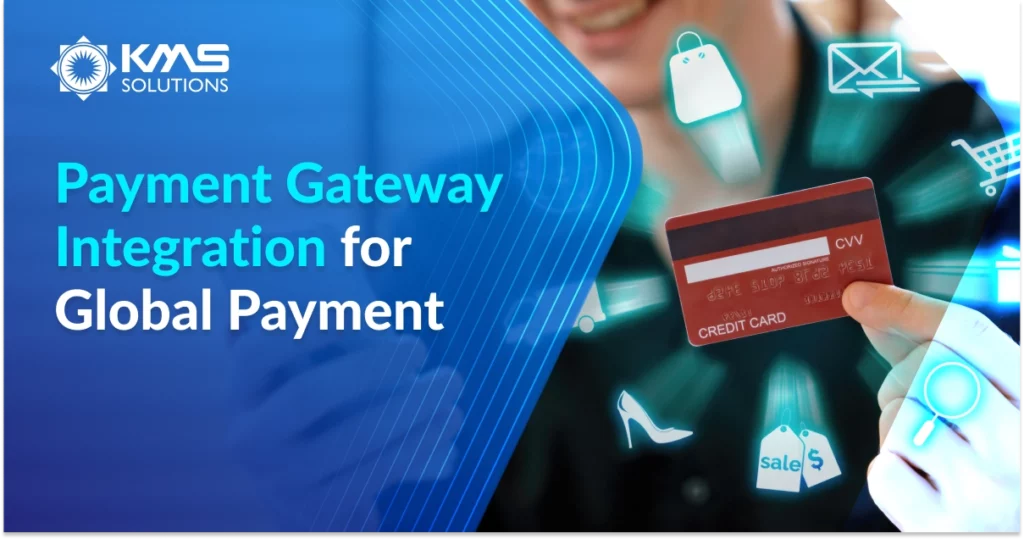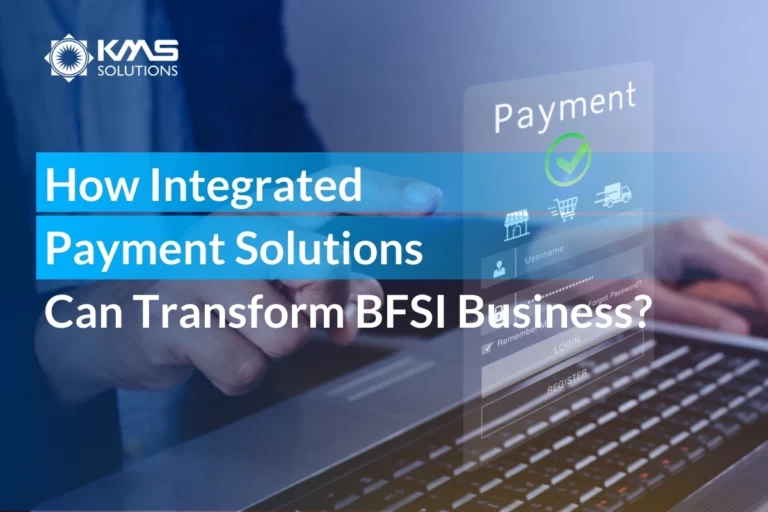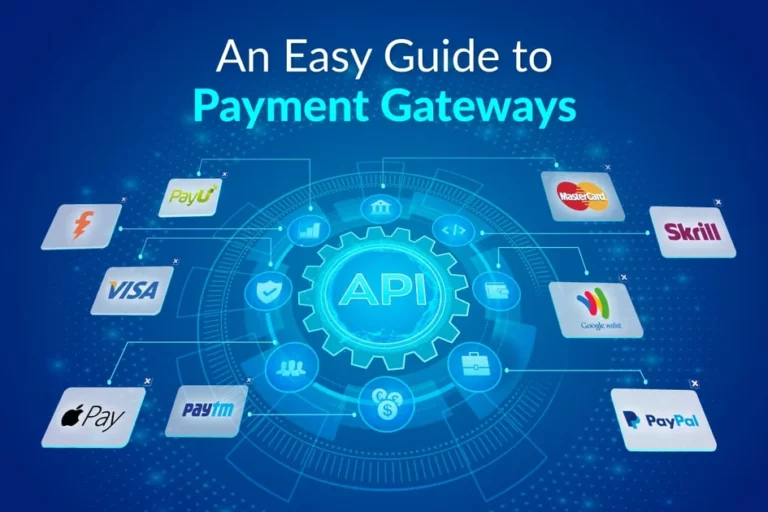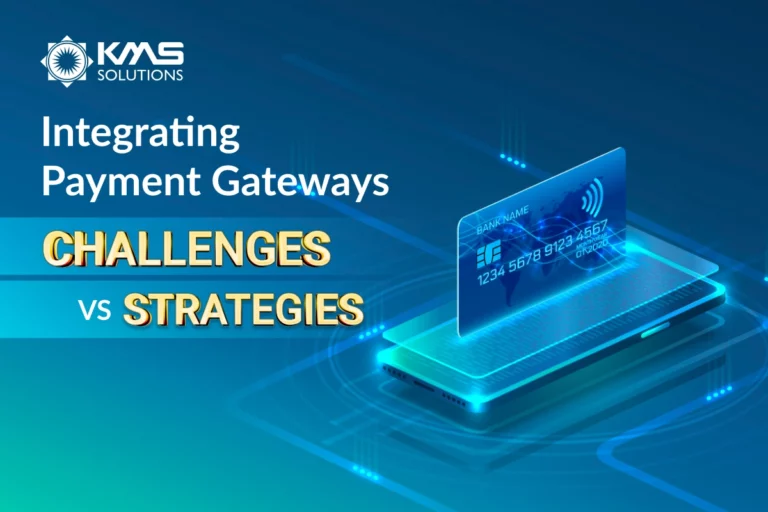Payment Gateway Integration to
Enable Global Payment
Payment Gateway Integration Services for BFSI

Payment gateway integration services are essential for enabling secure, seamless, and efficient online transactions in the BFSI (Banking, Financial Services, and Insurance) domain. Given the sector’s sensitivity to security and compliance, integrating a reliable payment gateway ensures that financial transactions are handled with the highest levels of protection and in adherence to regulatory standards.
Improve Your Financial Processing with Seamless Payment Gateway Integration
Mitigating Payment Failures
Payment Gateway Security Measures
Addressing Compatibility Issues
Improving Transaction Speed
Comprehensive Payment Integration Services for Your Business
With our expertise in Payment Gateways, we assist businesses in integrating over 30 third-party payment gateways, including Paypal and Stripe, into websites or applications, making global payments easier and more convenient
Payment Gateway API Integration
Involves integrating the payment gateway's API with your website or apps, encompassing everything from setup and testing to deployment.
Customising Payment Gateway
We tailor the payment gateway to align with your brand, user experience, and specific needs, ensuring a cohesive and intuitive payment process.
Testing the Payment Gateway
We conduct extensive testing and quality assurance to guarantee the functionality and reliability of the payment gateway integrations.
Ongoing Payment Gateway Support
Our continuous support ensures your payment gateway remains current, secure, and effectively resolves any emerging issues.
Supported Payment Gateways and Technologies
We integrate with 30+ reputable payment gateways such as PayPal, Stripe, AmazonPay, Authorize.Net. Our extensive experience ensures that we can work with the most trusted platforms in the industry. For institutions with specialized needs, we offer custom integration solutions. Whether you require bespoke payment options or integration with less common systems, our team has the expertise to deliver.

Why Choose KMS For Payment Gateway Services?
BFSI Expertise
At KMS Solutions, we have deep-rooted expertise in the BFSI sector. Our team understands the unique challenges and regulatory requirements faced by financial institutions, enabling us to deliver solutions that are not just compliant but also innovative and tailored to your specific needs.
Commitment to Security and Compliance
Security is at the core of everything we do. We adhere to PCI DSS, CBDP, ISO/IEC 27001:2013 standards and ensure that all integrations meet the highest levels of security. Our commitment to compliance means you can trust that your payment processes will align with industry regulations, protecting your institution from potential risks.
Proven Track Record
We have a proven track record of successful payment gateway integrations for leading BFSI organizations. Our clients benefit from improved transaction security, faster processing times, and enhanced operational efficiency, helping them stay ahead in the competitive financial landscape.
Tailored Solutions
No two financial institutions are the same, and we recognize that. We offer customized payment gateway solutions that fit your specific operational needs, whether it’s integrating with legacy systems, supporting multi-currency transactions, or implementing advanced fraud detection mechanisms.
End-to-End Support
Our services go beyond just integration. We provide end-to-end support, from initial consultation and needs assessment to deployment and continuous monitoring. Our team is with you every step of the way, ensuring that your payment gateway operates flawlessly and adapts to any future requirements.
Advanced Technology
We leverage the latest technologies to provide cutting-edge solutions. Our payment gateways are equipped with features like real-time reporting, advanced analytics, and AI-driven fraud prevention, ensuring that your institution stays at the forefront of financial technology.
Our Payment Gateway Integration Process for BFSI
Initial Consultation and Needs Assessment
- We start by understanding your specific requirements and regulatory needs through a detailed consultation. This helps us tailor our integration services to meet the unique demands of your institution.
Selection and Customization of Payment Gateway
- Based on the assessment, we recommend and customize the most suitable payment gateways that align with your compliance and security requirements, ensuring the best fit for your specific context.
Integration with Existing Systems
- We seamlessly integrate the chosen payment gateway with your existing systems, ensuring a smooth transition with minimal disruption to your operations.
Deployment, Security, and Compliance Checks
- Post-integration, we conduct rigorous security and compliance checks to meet industry standards. We then deploy the solution and provide ongoing support and monitoring to ensure continuous, efficient operation.
Costs of Payment Gateway Integration Services
Understanding the costs associated with payment gateway integration is crucial for financial planning and decision-making.
Here’s a breakdown of the factors that can influence the cost:
Scope of Integration
Compliance and Security Requirements
Customization and Scalability
Ongoing Support and Maintenance
Diversify Your Payment Methods and Increase Revenue Streams
Partner with KMS Solutions for sophisticated payment gateway integration. Contact us to transform your transactional capabilities and enhance your payment process.

Fill out the form to schedule a consultation


Your information has been sent to KMS Solutions team. Our team will contact you shortly!
For direct contact, drop us a line here:

FAQs about Payment Gateway API Integration
What is a Payment Gateway API Integration?
What is a Payment Gateway API Integration?
A payment gateway API is a collection of protocols that enable developers to incorporate payment processing features into their applications. It serves as a bridge between business software and the financial institutions handling the transaction, facilitating the authorization and processing of payments.
During an online transaction, the payment gateway API integration securely transfers payment details—like credit card numbers or digital wallet information—from the website or app. The API then assists in the authorization process by enabling the payment processor to validate the transaction, ensuring factors like sufficient funds and the authenticity of the card are verified.
What compliance standards do you follow for BFSI integration?
What compliance standards do you follow for BFSI integration?
We adhere to PCI DSS, CBDP, ISO/IEC 27001:2013, and other relevant financial regulations to ensure full compliance with industry requirements.
How do you ensure the security of sensitive financial data?
How do you ensure the security of sensitive financial data?
We prioritize the security of your financial data by implementing advanced encryption protocols, multi-factor authentication, and secure access controls. Our security measures are designed to protect your data from unauthorized access, breaches, and other cyber threats, ensuring that your information remains safe throughout the integration process.
How Does Payment Gateway API Integration Work?
How Does Payment Gateway API Integration Work?
1. Initialization:
- The process begins when a customer decides to make a payment on the merchant’s platform
- A payment request is created, containing information such as amount, customer details, and payment method
- The request is securely transmitted through an encrypted HTTPS connection
2. Tokenization:
- Converts sensitive payment information (like card numbers) into a unique token
- Protects customer information by storing original details at the payment processor
3. Authentication:
- Verifies the legitimacy of the transaction request
- Uses unique API keys and OAuth tokens to verify the merchant’s identity
- Prevents fraudulent transactions
4. Authorization:
- Transfers transaction details from the acquiring bank (merchant) to the issuing bank (customer)
- Checks balance and assesses fraud risks
5. Transaction Processing:
- Executes the transaction: deducting funds from the customer’s account and transferring to the merchant’s account
- Sends a confirmation response with the transaction status and transaction ID
6. Settlement:
- Completes the money transfer between banks
- Transfers funds to the merchant within 1-3 business days
- The amount is credited to the merchant’s account according to bank terms
What payment gateways do you support?
What payment gateways do you support?
We support a wide range of payment gateways, including both global and regional options, to ensure seamless transactions for your financial operations. Our expertise includes integration with 30+ popular gateways such as PayPal, Stripe, AmazonPay, Authorize.Net, and others, tailored to meet your specific business needs.
Do you provide support for multi-currency and cross-border transactions?
Do you provide support for multi-currency and cross-border transactions?
Absolutely, our solutions are equipped to manage multi-currency transactions and support cross-border payments seamlessly.
What kind of support do you offer after integration?
What kind of support do you offer after integration?
Post-integration, we provide comprehensive support services to ensure smooth operation and address any issues that may arise. Our support includes system monitoring, troubleshooting, performance optimization, and ongoing updates to keep your system running efficiently and securely. We are committed to ensuring your long-term success and stability.





